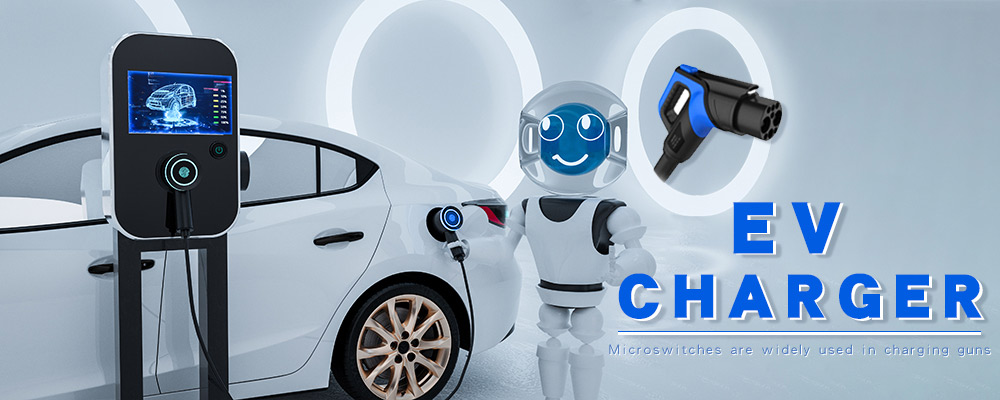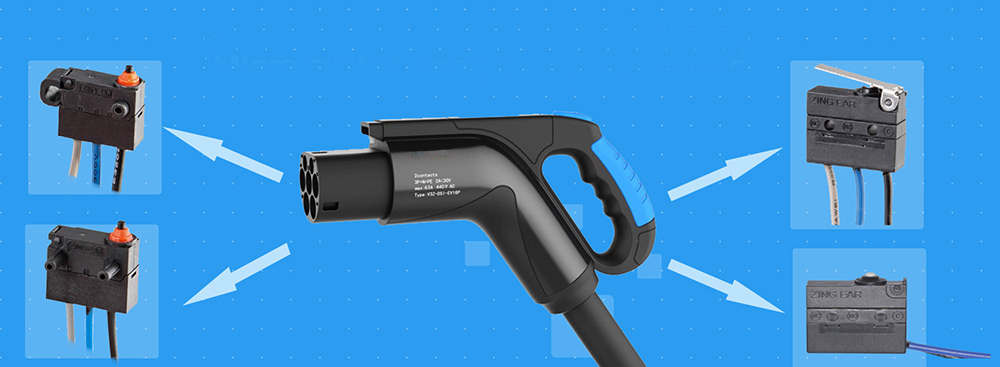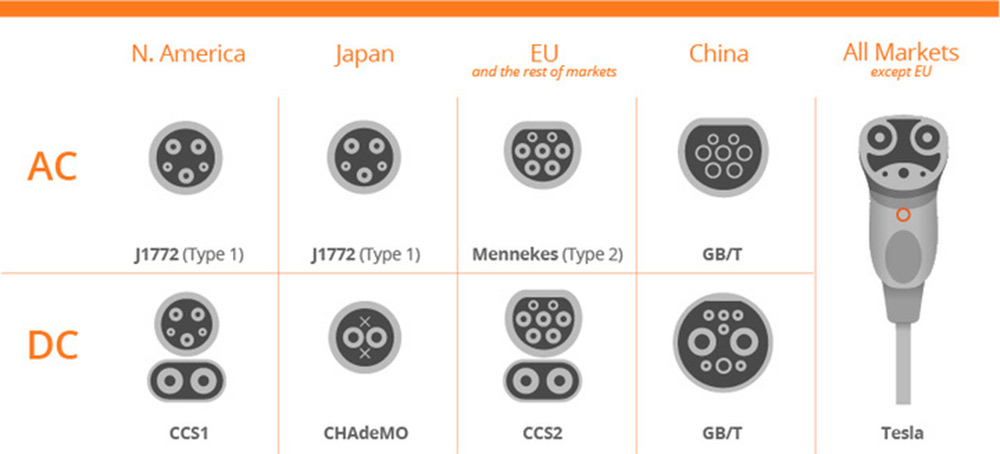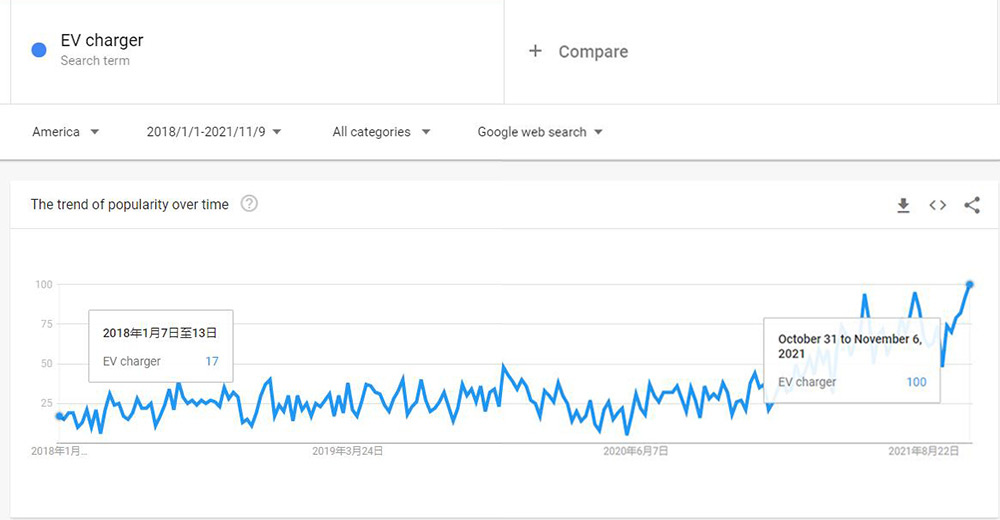3 Point Good To Know EV Charger Easily
What is an EV charger?
The EV charger is also called a charging gun, which is used for the power supply of a new energy automobile, the electric vehicle. So far, there are 2 kinds of chargers in the market. One is the DC type, and another one is the AC type. There is the Level 1, Level 2, Level3. But the L1 and L2 are very popular in the market than L3. For more details, please see the following below.
What is a level 1 EV charger?
In fact, the Level 1 charging gun uses a usual 120-volt household outlet in the alternating current environment. Every electrical vehicle or plug-in hybrid can be charged on Level 1 by connecting the charging equipment into a regular wall outlet. However, Level 1 is the slowest means to charge an EV. It includes between 3 as well as 5 miles of range per hour.
Level 1 charging works well for plug-in hybrid electric automobiles (PHEVs) because they have smaller-sized batteries, presently less than 25 kWh. Given that EVs have a lot larger batteries, Level 1 charging is too slow for most daily charging, unless the vehicle isn’t required to drive very far on a daily basis. A lot of BEV proprietors find that Level 2 charging better suits their daily charging needs.
What is a level 2 EV charger?
Compared with the level one car battery chargers, the level 2 charging gun replenishes EV batteries much faster, making them the most popular selection for house and also public usage. Per hour, a level 2 electric car charger supplies 10 to 20 driving miles; Some L2 EV chargers have a much more fast charging rate. Instead of a 120-volt plug, a household level 2 charger has a 240-volt AC plug while a commercial l2 charger has a 208-volt plug.
What is a level 3 EV charger?
Level 3 devices with CHAdeMO technology, which is commonly known as DC quick charging, charge with a 480V direct-current (DC) plug. The majority of L3 chargers can offer an 80% charge in half an hour. But the cold weather will lengthen the moment needed to charge.
However, the sort of Level 3 device is not compatible with all EV cars, and the charger itself is not accepted by all vehicles. There is currently no industry standard for this level of charging; Nevertheless, the L3 battery chargers are being released across the United States in public or commercial setups. Currently, the Mitsubishi “i” and also Nissan LEAF can accept an L3 charging gun. But various other automobiles, such as the Chevy Volt can not.
How to use an EV charger?
Before using it, we need to understand the what is characteristics and tips of the chargers. So that we can use it well and safely.
How many ampersand volts for the EV charger?
Before using it, we need to understand the what is characteristics and tips of the chargers. So that we can use it well and safely.
- But how many amps for a level 1 EV charger?
The answer is 12Amp for most of but it will be changed by the electric environment. So it is generally between 12 amps and 16 amps of continuous power.
How to install EV charger?
If you buy a car charger, you may have many questions about installation. Such as how to install EV charger at home? Or how to install EV charger at a Charging station? Or how to installation a 240v EV charger? and so on. But in fact, you may not need to worry about it because it will be very easy to find it on Youtube or get instructions for installation.
How to secure an EV charger?
I think most users will worry about the safety in use, after all, it could be a dangerous product. For example, the transistor leakage will cause fire sometimes. So the manufacturers will try to secure the electric vehicles as possible as they can.
- Firstly, over-temperature protection for the plug. The system will monitor the temperature of the plug. When its temperature is over 80℃ the system will cut off the power until the temperature reduces to 70 degrees, it will be recovering the charge.
- Secondly, over-temperature protection for the controller. The over-temperature protection not only can work in the plug but also in the controller.
- Thirdly, the charger designed with a security system for electric leakage in AC or DC circuitry
- Fourthly, waterproof and dustproof design. Generally, the charger will be used outdoor, like in the garage. To avoid water damage to the machine, the waterproof design will protect the device.
- Finally, most of the chargers will use a limit microswitch to secure. For example, the EV charger will install a waterproof micro switch to remind the driver his car is in charge. Some of the functions will cut off the driving system to limit you moving forward and give you reminders. Which is perfect to avoid the accident happening.
The micro switches can be used in the charger
Because the machine is water & dustproof. The microswitches are required with waterproof and dustproof function, I mean they should be IP67 or IP68 protection level. In China, the Zing Ear microswitch is very popular and high quality. Generally, they will be used to replace the world-famous switch. Such as the Omron, Cherry, Honeywell, Marquardt, and so on.
The Zing Ear G3, G9, G10B series waterproof microswitches are suitable for the EV charger. Meanwhile, we also have the ISO14001 and IATF16949 for car accessories. Welcome to contact us to know more details.
The standard of the Charging Gun
The Trends of the EV charger
From 2018 to 2021 the search volume of EV chargers in google trend is from 18 to 100 which is increasing about 5 times. So we can see how huge the potential of this product is. The data is from the Google trend.




评论
发表评论